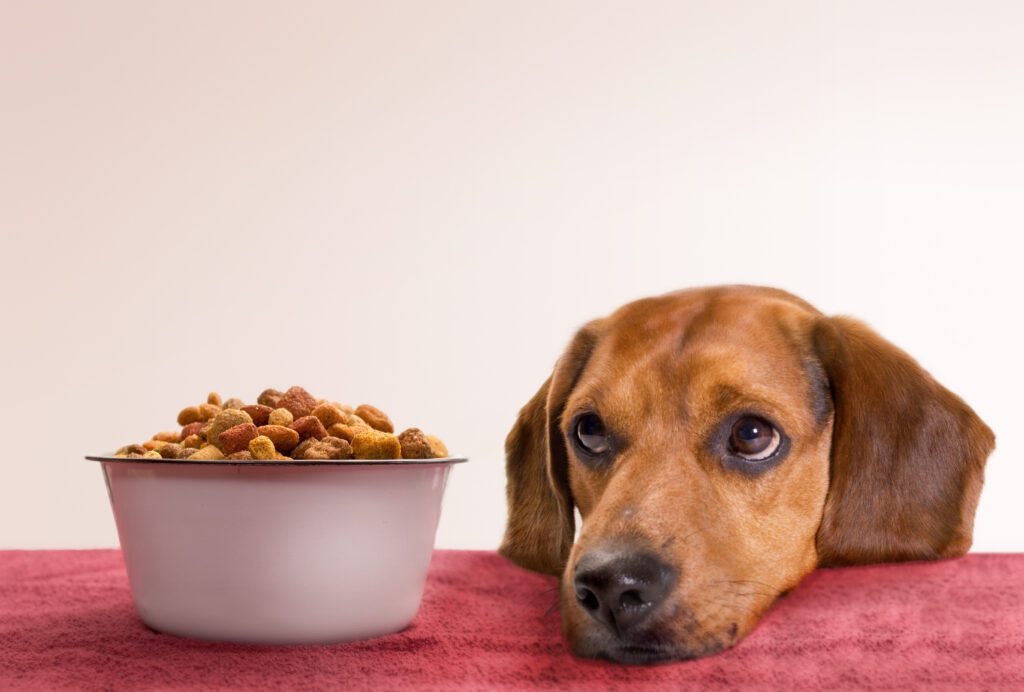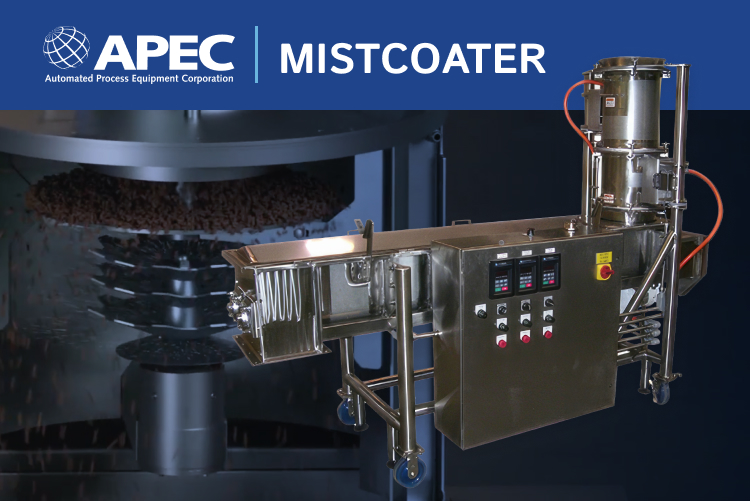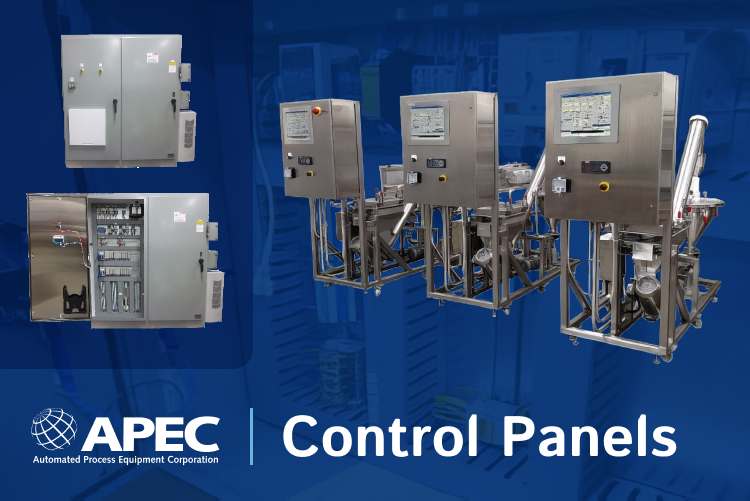
In our previous post, we discussed some of the problems and solutions in applying liquid pet food palatants. Pet food palatants are also available in dry forms, which present different advantages, as well as different challenges. Solving problems in dry pet food palatant application requires a close look at the application equipment, as well as storage procedures, controls, weights, and more.
Dry Pet Food Palatants: Problems and Solutions
The first form of pet food palatants were dry additives known as “digests.” These digests were proteins that were broken down and applied to dry foods in order to mimic the taste and smell of meat that cats and dogs naturally crave. Today, pet food palatants are much more diverse, but dry palatants still play an important role in pet food processing.
Storage for Dry Palatants
As you might expect, dry palatants will not withstand moisture well. Dry palatants are made to adhere to products with the introduction of fats or oils, so too much moisture early on will cause them to stick together and spoil. Proper storage is essential, especially in humid environments. The dry palatants should be completely sealed until they are ready for application.
Flow Control
Though dry palatants will not cause clogs the way liquid palatants will, they do cause other problems. Dry materials are susceptible to a number of flow problems. The materials might stick together from moisture or static electricity, or they might stick to equipment surfaces. Agitation will keep the dry digest flowing properly, and stainless steel construction or non-stick coating will prevent sticking.
Retention
For the dry palatants to stick to the product properly, retention time is important. The dry palatants are usually applied after a layer of fat or oil, which allows the palatants to stick. If the fats or oils do not have time to absorb properly, the layer will be too thin to absorb the palatants. Or, if the layer is too thick, it will encapsulate the palatants. Thorough equipment testing is the best way to ensure that each stage in the process works properly.
Uniformity
Uniform application is also an important consideration. For the palatants to be uniformly applied, the fat or oil must also be uniformly applied. If you are finding a lot of dry palatant at the bottom of the pet food bag, the dry layer is not sticking properly. Changing the application point or the amount of liquid used on the surface can help to solve this problem.
Application
Dry digest is typically applied at a lower rate than liquid palatants, usually between .5 and 2.5% percent. With this relatively low amount, a light, even layer over the product is especially important. A vibratory spreader or a rotary slinger can effectively and evenly spread the palatants over the surface of the product.
Accuracy
With the low amount of dry palatants used, an accurate and consistent control system is also important for measuring the flow of all ingredients. With more accurate instruments to measure the flow rate, the more accurate the application will be. In the case of dry palatant application on kibble, the flow of the kibble is considered the master flow, and the flow of the other ingredients are slaved to the master flow as a percentage.
Verification
Proper application of dry palatants requires consistency, uniformity and accuracy. Relatively small environmental changes can easily disrupt this process. Temperature, humidity, and flow rates should remain consistent. The equipment should also be monitored and verified to ensure it is working properly.
Dry palatants and wet palatants work together to make nutritious pet food appealing to dogs, cats, and other animals. When application processes behind these additives work properly, the system can work efficiently and the finished product is high-quality. The right system design can solve many of these problems from the start and keep operations running smoothly for years to come.







